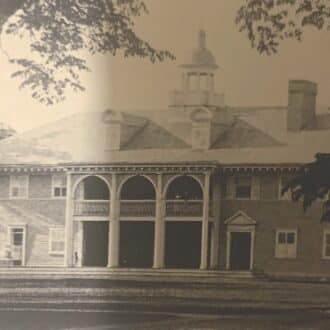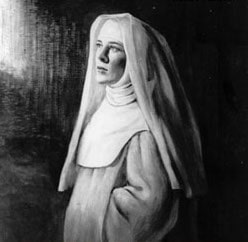Berkshire Theatre Group was formed in 2010 by the merger of The Colonial Theatre and Berkshire Theatre Festival. Each of Berkshire Theatre Group’s celebrated four stages has a rich and unique history.
The Colonial Theatre and The Garage
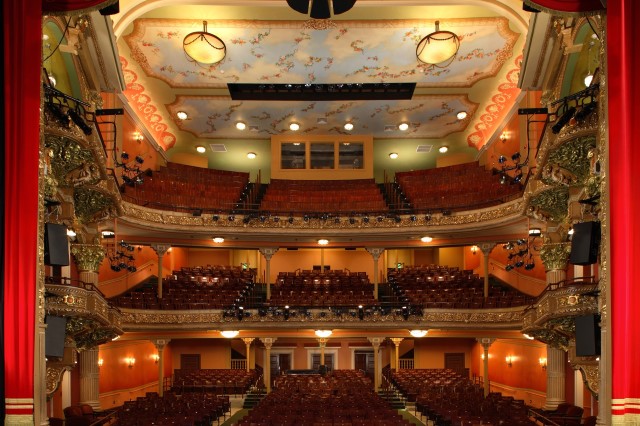
The Colonial Theatre interior, view from the stage.
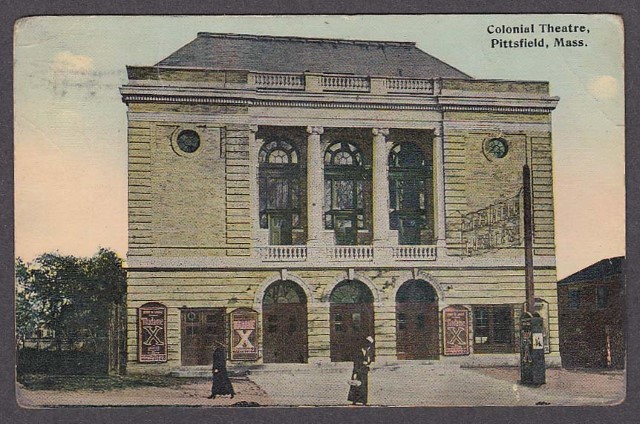
Berkshire Theatre Group’s Pittsfield Campus is comprised of the historic Colonial Theatre and The Garage. The Colonial was built in 1903 and functioned as a theatre for decades until being turned into a movie theatre in 1937, though there were still occasional live performances.In 1951 it was announced that the theatre would be permanently closing. The Town Players of Pittsfield staged a final performance (Curse You, Jack Dalton) on the Colonial stage in December of 1952. Pictured to the right: Postcard of The Colonial Theatre c. 1914.
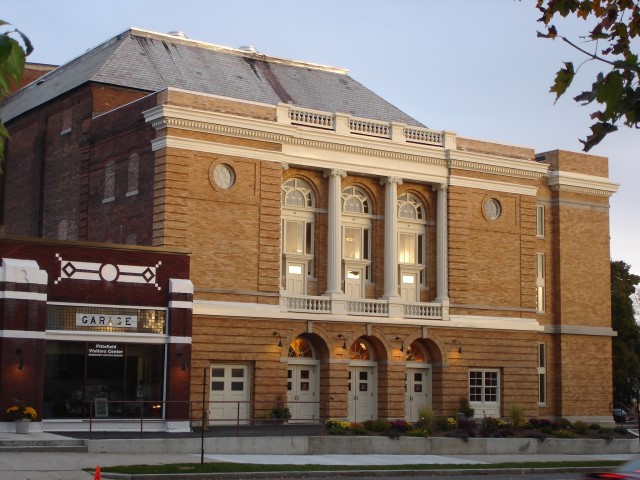
The Colonial was bought by the Miller family, and turned into an art supply store, though the family took extreme care to preserve the features of the theatre. By 1997 the Friends of the Colonial Theatre had formed and were generating support and awareness with the hope of restoring The Colonial. The Colonial was designated a National Historic Treasure in 1998 and in 2001 the renovations began. In 2006 The Colonial reopened to the public. Pictured to the left: The Colonial Theatre after the renovation in 2006.
Originally, The Colonial Theatre would seat 1,200 patrons, and currently seats approximately 800. The Theatre was designed to maximize acoustics and ensure that every seat could clearly hear the actors on stage. One way this was achieved was by having no corners, only curved edges, and to this day the only corners in the theatre come from the addition of an elevator.
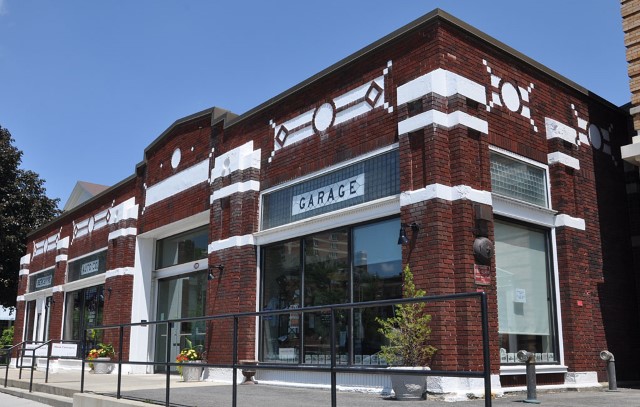
Today, the lobby of the theatre has moved into an adjoining building. Built in 1921 as the Berkshire Auto Company, the building was connected to The Colonial Theatre and serves as the lobby, administrative offices, backstage space in addition to housing The Garage (pictured to the right).The name is a tribute to the original building and hosts a variety of smaller, more intimate performances. The Garage offers a distinctive lounge atmosphere and is perfect for comedy and music.
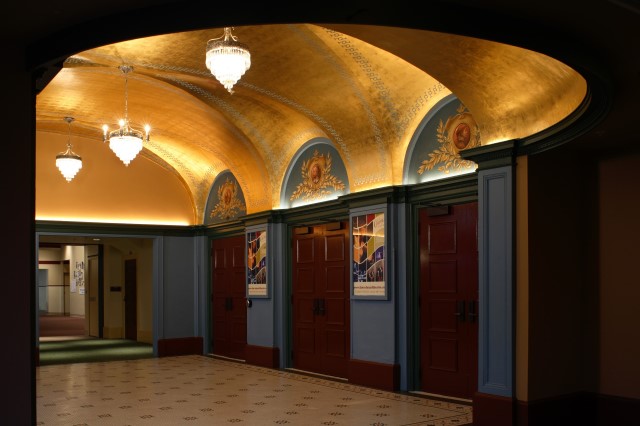
Historic Lobby of The Colonial Theatre.
The Fitzpatrick Main Stage and The Unicorn Theatre
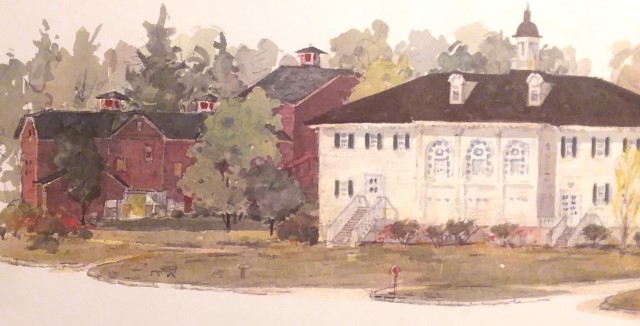
Berkshire Theatre Festival Stockbridge Campus, painting by Leonard Weber from the BTF archives.
The Stockbridge Casino was completed in 1888. By the 1920s it had fallen into disuse and was sold to Mabel Choate, who in turn sold it to the Three Arts Society. In order to preserve the casino, they found a new home for the structure at the foot of Yale Hill Road. The casino was carefully taken apart and pulled by horses to its new location.
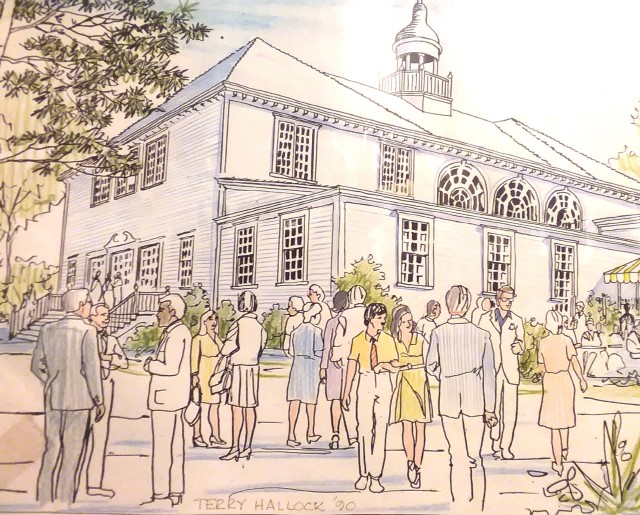
When they rebuilt the structure they overhauled the interior to create the Berkshire Playhouse. The new theatre seated 450, and dressing rooms were added for the actors. The Playhouse remained more or less as it was until the 1940s. Pictured to the right: Terry Hallock watercolor of the Fitzpatrick Main Stage, 1990.
During the initial 1920s rebuilding and renovation, the three arts society bought the Mellon Barn, which was used as the scene and prop shop. The pigsty (devoid of actual farm animals) was transformed into living quarters for the interns who came to work at the theatre. The barn (now known as the Unicorn Theatre) was also used as an informal stage and it functioned as a workshop space for new and experimental theatre. Pictured below: Rear view of the Unicorn Theatre, painting by unknown artist from the BTF archives.
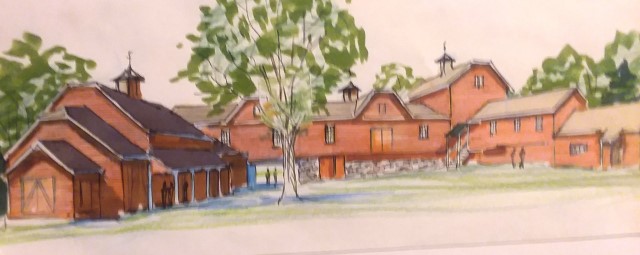
The Main Stage was renovated again in the 1940s and the 1990s. Today, the Main Stage retains much of its original character with the iconic arches and cupola. The building’s history and import to Stockbridge led to its addition to the National Register of Historic Places in 1976.
